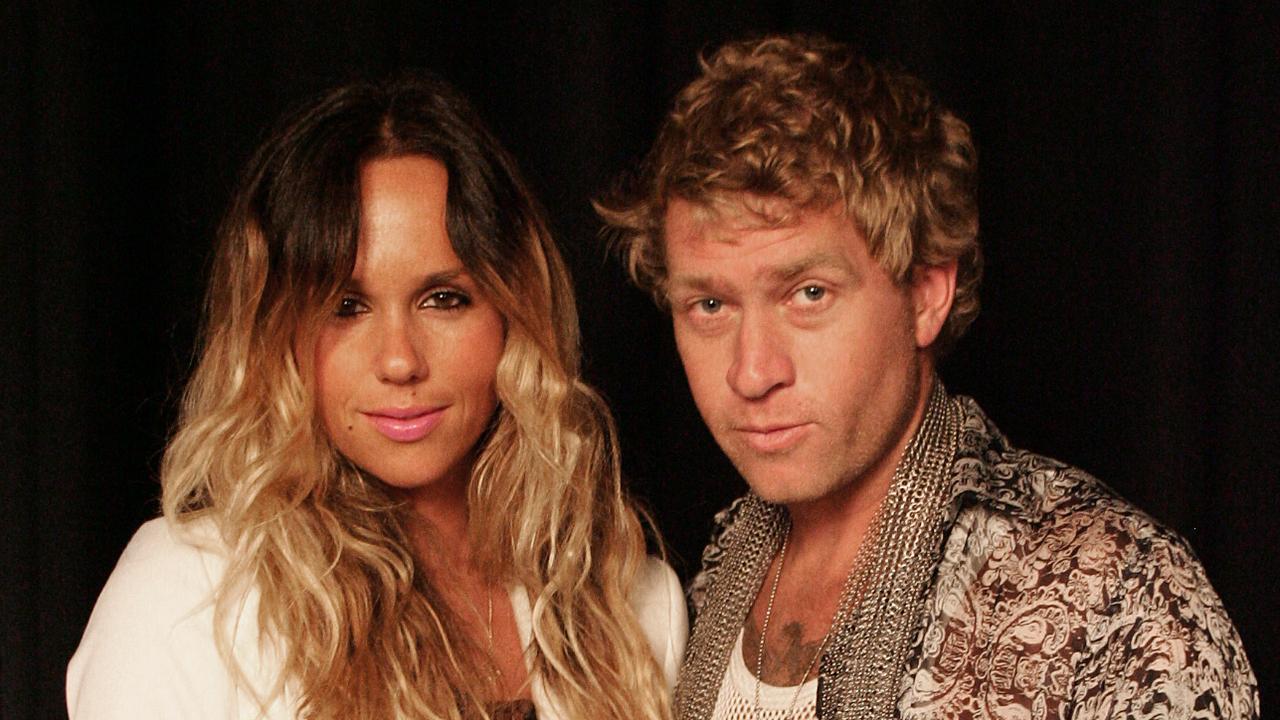RIP, Victoria’s Secret Fashion Show and the body hang-ups you gave us
The famed lingerie runway show is rumoured to be done and dusted because of the undie giant’s refusal let go of its dark past.
It’s official: Victoria’s Secret is currently whispering its last goodbyes from a frilly pink deathbed.
Australian model and Victoria’s Secret Angel, Shanina Shaik, announced yesterday that the lingerie giant has cancelled its annual Victoria’s Secret Fashion Show.
“Unfortunately the Victoria’s Secret show won’t be happening this year … It’s something I’m not used to because every year around this time I’m training like an angel,” she told The Daily Telegraph.


The Australian model’s admission — which hasn’t yet been confirmed by the brand itself — follows reports that the company won’t be televising the Fashion Show that has attracted millions of viewers since it first started airing every December, since 2001.
While Shaik might be surprised at the once highly anticipated event’s indefinite closure, I, for one, am not.
The once iconic, now notorious Victoria’s Secret Fashion Show has become almost a caricature of female oppression.

Launched in 1995, what was originally sold to women as the epitome of female beauty, has since morphed into a prehistoric “before” picture in a post-#MeToo landscape.
It’s not that surprising when you think about it.
The show’s very premise is this: models with one homogenous body type walk down a runway in lingerie, wearing angel wings and, as has happened before, are literally wrapped up in a bow, like a present for the male gaze to hungrily unwrap.

The brand has watched the body positivity wave approaching, but rather than progress and ride it, it’s tried furiously to swim against the current.
In a 2018 interview with Vogue, Ed Razek, who’s the chief marketing officer of Victoria’s Secret’s parent company, L Brands, flatly denounced including trans or plus-size models in the Fashion Show as they’d apparently ruin the “fantasy”.
“Shouldn’t you have transsexuals in the show? No. No, I don’t think we should,” he told Vogue.

“Well, why not? Because the show is a fantasy. It’s a 42-minute entertainment special,” Razek said.
“That’s what it is. It is the only one of its kind in the world, and any other fashion brand in the world would take it in a minute, including the competitors that are carping at us.
“And they carp at us because we’re the leader.”
Please read this important message from Ed Razek, Chief Marketing Officer, L Brands (parent company of Victoria’s Secret). pic.twitter.com/CW8BztmOaM
— Victoria's Secret (@VictoriasSecret) November 10, 2018
Razek later said his remarks were “insensitive” and that Victoria’s Secret would cast trans models in the future.
As women’s voices have united and strengthened in recent years, we’ve decided to reject the rigid and antiquated body image ideal that Victoria’s Secret has persistently burped out into the world.
We’ve collectively decided we’re done with marketing that preys on our insecurities in order to coerce us into us to buying not only lingerie, but a whole buffet of body hang-ups, too.
Bring on the use of models that represent the diverse spectrum of women, we say!
Bring on campaigns that don’t feed our deepest, darkest insecurities!
Bring on brands that realise women wear underwear for themselves, not men!

While it’s still undoubtedly a huge player in the lingerie category, the proof Victoria’s Secret is in decline is in the numbers.
Women have lost faith in the franchise and as a result, dozens of stores have shut their doors and stock has nosedived from $100 in 2015 to $24 today.
In 2017, sales fell from the previous year’s $8 billion down to $7.4 billion and the televised Fashion Show saw its once victorious ratings slump to five million viewers (down from 6.6 million the year prior).
While Victoria’s Secret’s antiquated fingers have been clutching on for dear life, inclusive brands like Rihanna’s Savage X Fenty — which included models of all sizes, shapes and ethnic backgrounds in its 2018 New York Fashion Week show — have jumped straight to the top of our most coveted list.
I’m tired of fighting I’m just focused on winning. If you’re not with it then how bout you GTFO. 🤘🼠@SavageXFenty pic.twitter.com/nRQOGN5UUb
— P.S.Kaguya (@_pskaguya) May 11, 2019
Also concerning is the fact that some Victoria’s Secret Angels themselves seem to struggle to meet the brand’s own rigid body standards and adopt unhealthy approaches in the process. Last year, model Bridget Malcolm who walked in the 2015 and 2016 Victoria’s Secret Fashion Shows, said via her blog:
“Thinking back on my time in that space, I am always struck by how sick I was … I was completely fooling myself into believing that I was healthy, fit and an honest representation of a woman.
“The fact that I was rewarded with high-profile work because I had starved myself so effectively leaves me feeling extremely uncomfortable.”

In 2011, Adriana Lima — Victoria’s Secret’s longest standing Angel — told the UK Telegraph that in the lead up to the runway event, she trained twice a day with a personal trainer.
Nine days out from the show, Lima has a “no solids” rule and consumes only protein shakes. Sounds neither fun, nor healthy, does it?
When even the models walking in the Victoria’s Secret Fashion Show feel like they’re struggling to live up to its unrealistic standards, you know that the brand is gasping its final, ragged breaths.

If Victoria’s Secret wants to become the relevant, cultural phenomenon it once was, it needs to put stock into what women want.
Because right now its eulogy won’t be anywhere near as glittering as those Angel wings.
This story originally appeared on Whimn and was reproduced with permission



